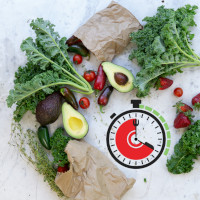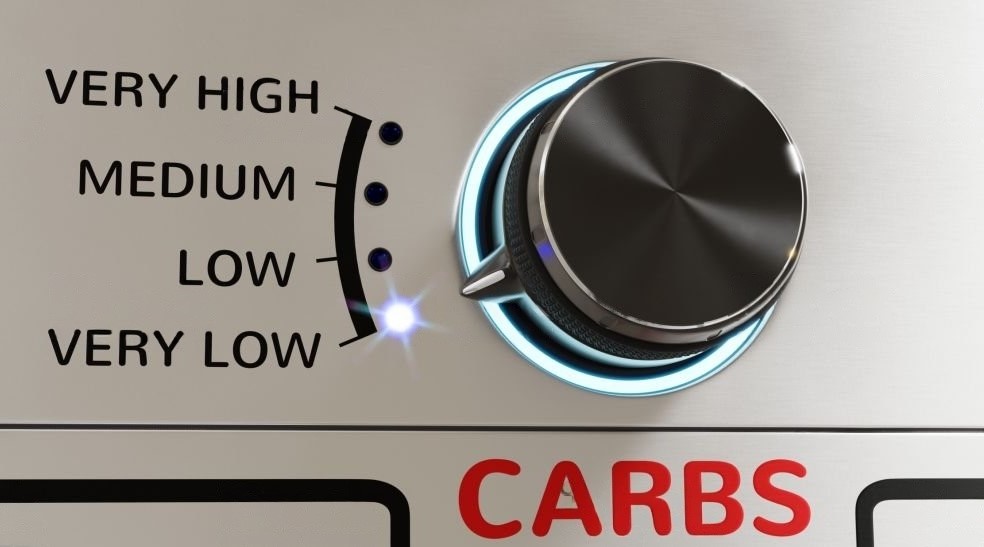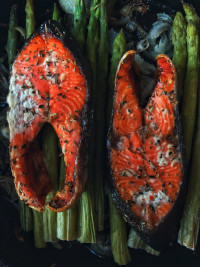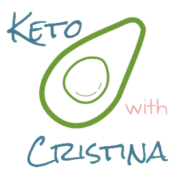In the world of health and wellness, the combination of the ketogenic diet and intermittent fasting has gained significant attention. Both approaches offer promising benefits individually, but when strategically combined, they can create a powerful synergy for weight loss and overall well-being.
This may sound like a dream come true, but it can be a lot of work to learn how to work this strategy into your lifestyle. We’re all busy people and don’t always have hours to spend shopping and cooking every day, so what are we to do? The answer is as simple as for any other diet: Meal prep! In this guide, we’ll delve into the art of meal planning that harmonizes with intermittent fasting while staying true to the principles of the keto diet.
The Magic of Keto and Intermittent Fasting
The ketogenic (keto) diet is renowned for its ability to shift the body into a state of ketosis, where it burns fat for fuel instead of carbohydrates. Intermittent fasting, on the other hand, involves cycling between periods of eating and fasting, promoting cellular repair and fat loss. Together, they amplify fat-burning mechanisms and provide sustainable energy levels throughout the day. If you want to learn more about the keto diet, intermittent fasting, or how they synergize, read more here!
The Key to Success: Strategic Meal Planning

1. Sync Your Eating Window
When combining keto and intermittent fasting, timing is crucial. Coordinate your meals with your fasting window, ensuring that you break your fast with a keto-friendly meal. This meal should be rich in healthy fats and moderate protein, kickstarting your body’s fat-burning process.
I find that with a 16:8 fasting protocol, I end up eating only two meals a day, with an occasional snack in between. If you prefer, you could eat three smaller meals within your 8 hour eating window. Either way, make sure your final meal is fully satiating, as it needs to propel you through 16 hours of fasting. To make a meal more satiating, first ensure you’re getting an adequate amount of protein and vegetables, then load up on healthy fats.

2. Embrace Nutrient-Dense Foods
With intermittent fasting, you are automatically consuming fewer calories. This means you need to pay special attention to make sure you get enough nutrients within those calories. Craft your meals around whole, nutrient-dense foods. Incorporate avocados, nuts, seeds, lean meats, leafy greens, and low-carb vegetables. These choices not only align with the keto diet but also provide essential vitamins and minerals to support your overall health.

3. Plan Balanced Macros
A successful keto-fasting meal plan maintains the delicate balance of macronutrients. Aim for a composition of approximately 70-75% fats, 20-25% protein, and 5-10% carbohydrates. This balance ensures your body stays in ketosis while providing sufficient energy during fasting periods. Once your body is in ketosis, your hunger levels drop significantly, even while fasting. This is one of the many reasons I love combining these two diets–they work so well together!

4. Prepare in Advance
Simplify your journey by preparing meals in advance. Cook and portion your keto-friendly dishes, making it easier to stay on track during busy days. Mason jar salads and smoothies, pre-made omelets, and grab-and-go snacks can be lifesavers when time is tight. Freezer meals that can be thrown in a slow cooker or Instant Pot can make weeknight dinners so easy. Fat bombs can be great ready-made snacks or desserts.
Sample Keto-Friendly Meal Plan
This is just an example of some easy meals you can make quickly and eat on a 16:8 fasting schedule with an eating window from noon to 8pm. There are so many more options, but for now I’m just keeping it simple! By the way, any meal that breaks your fast (even if you’re not following an intermittent fasting protocol, you’re still fasting while you’re sleeping!) can be called Break-Fast!
Day 1:
- Break Fast (12:00 PM): Spinach omelet cooked in olive oil, served with fresh greens and avocado. (Super quick low-prep meal)
- Snack (3:00 PM): Handful of mixed nuts (best low-carb choices include macadamias, pecans, brazil nuts, walnuts, hazelnuts, and almonds).
- Dinner (6:30 PM): Grilled chicken breast with broccoli and cauliflower mash drizzled with olive or coconut oil. (Marinate chicken the night before, and use riced broccoli and cauliflower to make it super quick!)

Day 2:
- Break Fast (12:00 PM): Chia seed pudding made with almond milk and full-fat greek yogurt, topped with berries, nuts (or nut butter!), or seeds. (Chia pudding can be made in advance and stored in mason jars!)
- Snack (3:00 PM): Sliced cucumber with guacamole. (I slice all my veggies when I make my veggie dip for the week!)
- Dinner (7:00 PM): Baked salmon with asparagus sautéed in butter. (Super quick, low-prep meal!)

Combining the keto diet with intermittent fasting requires a thoughtful approach to meal planning. By synchronizing your meals with your fasting schedule, focusing on nutrient-dense foods, and maintaining balanced macros, you can harness the full potential of this powerful synergy. Strategic meal planning not only promotes weight loss but also supports your journey toward enhanced overall well-being and ensures you don’t make too many mistakes along the way.
Ready to embark on your keto-fasting adventure? With a well-prepared meal plan, you’re on track to achieve remarkable progress while savoring delicious, satisfying meals along the way. If you prefer to use a prepared meal keto meal plan, or get a custom plan created just for you, check out the Custom Keto Diet; then just choose 2 meals from each day to keep your plan aligned with your fasting protocol (and add a healthy snack if necessary!). Plan smart, eat well, and watch your body and health transform!
